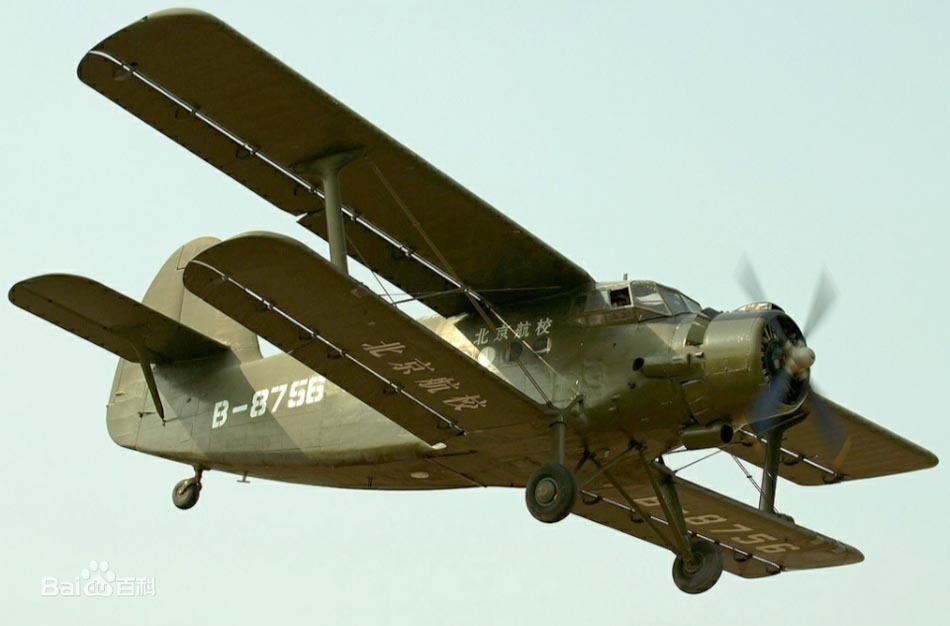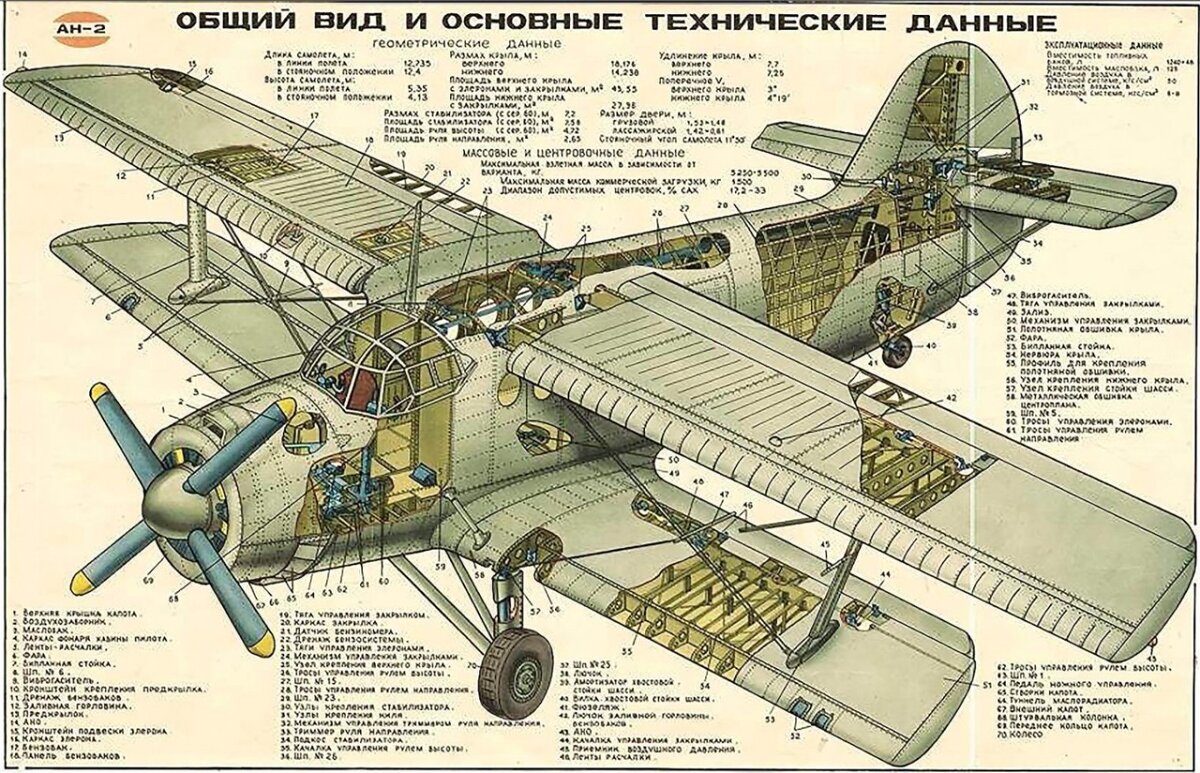China has initiated the production of unmanned aerial vehicles designated as HY100, which are based on a replica of the An-2 and essentially replicate the characteristics of this legendary aircraft.
The mere existence of such a UAV prompts a reminder of the extraordinary resilience of the "corncob," demonstrated during an incident involving "friendly fire", when Russian forces fired upon an An-2 over one of their oil refineries, mistaking it for a Ukrainian UAV. This raises questions about the potential use of the legendary aircraft in the context of the full-scale war between Russia and Ukraine.

To elaborate, the resource China Daily reports that on Monday, January 20, 2025, a batch of HY100 drones rolled off the production line, with three of these UAVs being utilized in the agricultural and logistics sectors.
It is noted that the HY100 UAV was developed by the Chinese company Ursa Aeronautica, and these drones have a maximum takeoff weight of 5.25 tons with a payload capacity of 1.9 tons. Their maximum range and flight duration are 1,800 kilometers and 10.6 hours, respectively; moreover, these aircraft can fly at an altitude of just 4 meters for extended periods.
It is claimed that HY100s can be used for field spraying, which is indeed a fascinating detail, as performing such a task requires the aircraft to fly along a "broken" route for a long time. This already indicates the potential for dual-use applications.

From Defense Express, it is worth detailing that the same Chinese replica of the An-2, designated as Y-5, which in turn served as the basis for the HY100, remains relevant for the People's Liberation Army Air Force (PLAAF), which operates about 70 light transport aircraft of this type.
It is quite possible that in this context, the HY100 project, which is officially designated for civilian purposes, may actually serve as a "cover" for China's development of long-range cargo UAVs. Moreover, the U.S. is also conducting similar projects involving cargo drones based on Cessna as part of preparations for a potential conflict in the Pacific.
Returning to the aforementioned incident involving the shelling of the An-2 by Russian forces over one of their oil refineries, it should be emphasized that in that case, the aircraft sustained several dozen bullet holes from small arms and anti-aircraft artillery but still managed to reach its designated airfield.
This incident directly indicated that the design solutions of the legendary "corncob" could potentially be applied to new drones that could be employed for strikes deep within Russian territory. Furthermore, the Russians themselves “suggested” the idea that UAV kamikazes based on the An-2 could be used for strikes on oil refineries.
